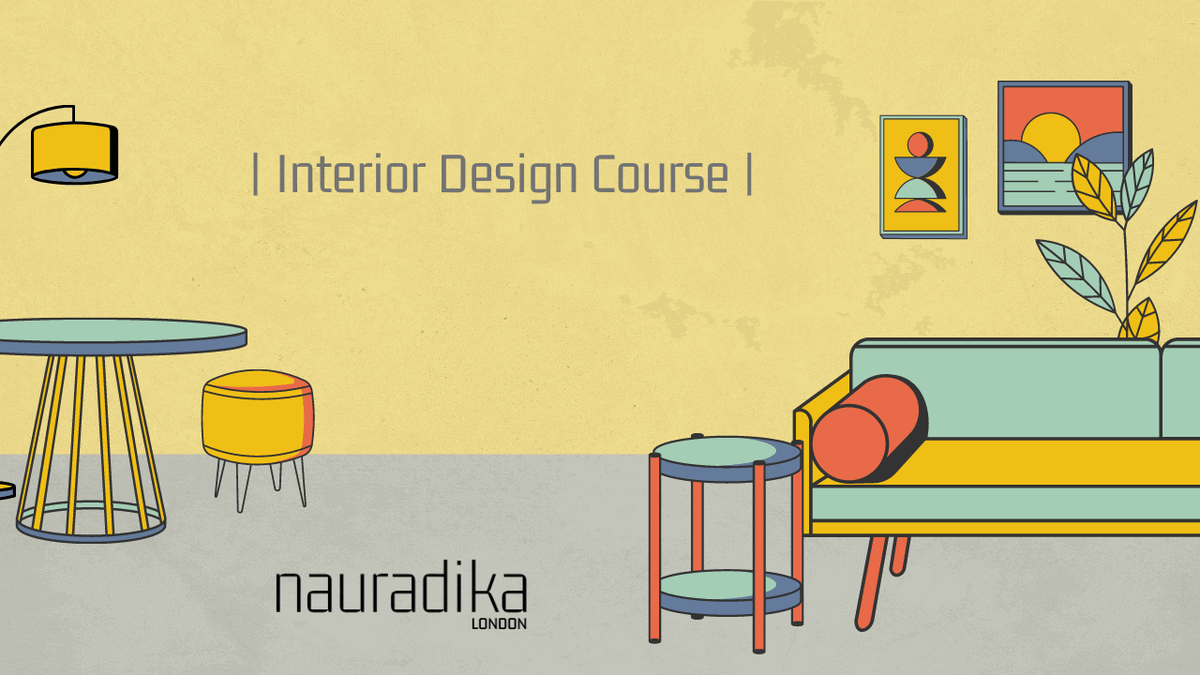
Interior Design Course | Contemporary Style: Architectural Interiors
|
|
Time to read 4 min

Discover new arrivals in modern lighting, home decor, and Scandinavian design—updated weekly...
|
|
Time to read 4 min
Introduction
Contemporary style in architecture and interior design is a dynamic and ever-evolving movement that reflects the spirit of the present age. Embracing innovation, technology, and a diverse range of influences, contemporary design celebrates individuality, functionality, and minimalism. This lesson will explore the key characteristics, principles, and influences of contemporary style in both architecture and interior design, showcasing its global appeal and impact.
Contemporary architecture is characterized by clean lines, simple forms, and a focus on functionality. Key features include open-plan layouts, large windows for natural light, and the use of industrial materials such as steel, glass, and concrete. Sustainable design practices and energy-efficient solutions are also integral to contemporary architecture.
References:
Contemporary architecture draws influences from various sources, including modernism, postmodernism, and the international style. The incorporation of sustainable practices and smart technology is a significant trend, as architects aim to create eco-friendly and adaptable spaces that respond to the needs of the modern world.
Books:
Contemporary interior design embodies simplicity, functionality, and a focus on open spaces. Neutral color palettes, sleek furniture, and clean lines create a sense of minimalism and elegance. Incorporating natural elements, such as wood and stone, adds warmth and texture to contemporary interiors.
References:
Contemporary interior design takes inspiration from various design movements and cultural influences. Scandinavian design with its emphasis on simplicity and functionality has greatly influenced contemporary interiors. Biophilic design, which incorporates nature into indoor spaces, is another prevalent trend, promoting well-being and a connection to the natural world.
Books:
In a groundbreaking guide that promises to revolutionize the way we approach design and construction, Biophilic Design: The Theory, Science, and Practice of Bringing Buildings to Life offers a paradigm shift. It recognizes that creating positive experiences with natural systems and processes within our built environments and landscapes is crucial for human health, well-being, and performance. Biophilic design celebrates humanity's rightful place within nature and the symbiotic relationship between the natural world and human society, where mutual respect and enriching connections should be the norm, rather than the exception.
This illuminating book caters to architects, landscape architects, planners, developers, environmental designers, and building owners, providing a comprehensive guide to the theory, science, and practice of biophilic design. Comprising twenty-three original and timely essays penned by world-renowned scientists, designers, and practitioners, including Edward O. Wilson, Howard Frumkin, David Orr, Grant Hildebrand, Stephen Kieran, Tim Beatley, Jonathan Rose, Janine Benyus, Roger Ulrich, Bert Gregory, Robert Berkebile, William Browning, and Vivian Loftness, among others, the book addresses:
The Fundamental Concepts of Biophilia: Understanding its expression in the built environment and the interconnectedness between biophilic design and human biology, evolution, and development.
The Science and Benefits of Biophilic Design: Unraveling the profound impact of biophilic design on human health, childhood development, healthcare, and beyond.
The Practice of Biophilic Design: How to implement biophilic design strategies to create buildings that seamlessly connect people with nature, fostering comfortable and productive environments for living, working, and learning.
Biophilic Design, whether implemented in buildings or entire cities, begins with asking a few fundamental questions: How does the built environment impact the natural world? How does nature influence human experiences and aspirations? Above all, how can we achieve a harmonious and sustainable relationship between the two?
This prescient and groundbreaking book provides comprehensive answers to these questions, offering a visionary perspective on the marriage of nature and design. Biophilic Design has the potential to redefine our built environment, ushering in a new era of sustainable architecture and enhancing our profound connection with the natural world."
Contemporary style has a global reach, with designers and architects from different regions embracing its principles and creating unique interpretations of the movement. From sleek city apartments to minimalist beach houses and sustainable eco-lodges, contemporary design's versatility is evident across diverse settings.
Museums:
Conclusion
Contemporary style in architecture and interior design is a vibrant and influential movement that embodies the essence of the modern age. With its clean lines, functionality, and focus on sustainability, contemporary design continues to evolve and inspire designers worldwide. From the simplicity of Scandinavian design to the innovative use of technology in smart homes, contemporary style remains relevant and impactful in shaping the built environment of today and the future.
Incorporating references, books, and museums, this lesson offers a comprehensive exploration of the key characteristics, principles, and global impact of contemporary style in both architecture and interior design. As a dynamic and ever-evolving movement, contemporary style continues to shape the design landscape, pushing boundaries, and inspiring creativity across the globe.
Like our Magazine? You will like our store even more with all its curated homeware, modern lighting, kitchen utensils and Wall Art. We also recommend that you sign up to our newsletter or follow us on social media to find out about our news article releases, promotions and discount codes.

